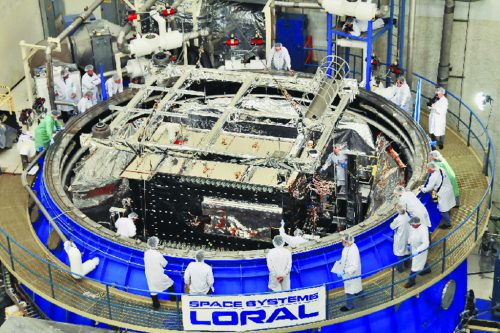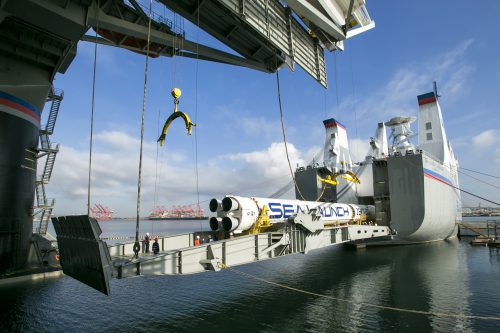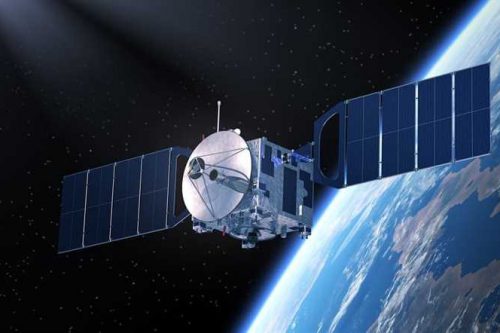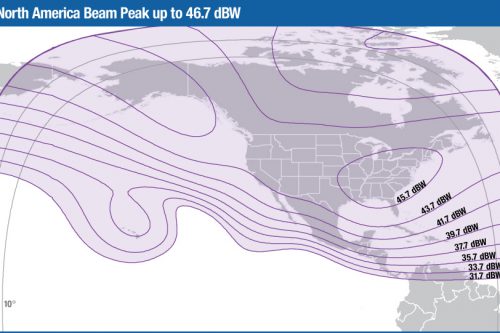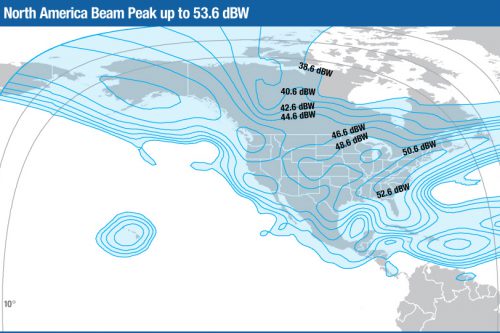
Back to selection
GEO Satellite
Galaxy-18 (G-18) GEO
succesfull
Launch date
21 August 2008
Country

Purpose
Communication
Position
123° West
Manufacturer
Operator
Launch operator
Launch vehicle
Zenit 3SL
Expected lifetime
15 Years
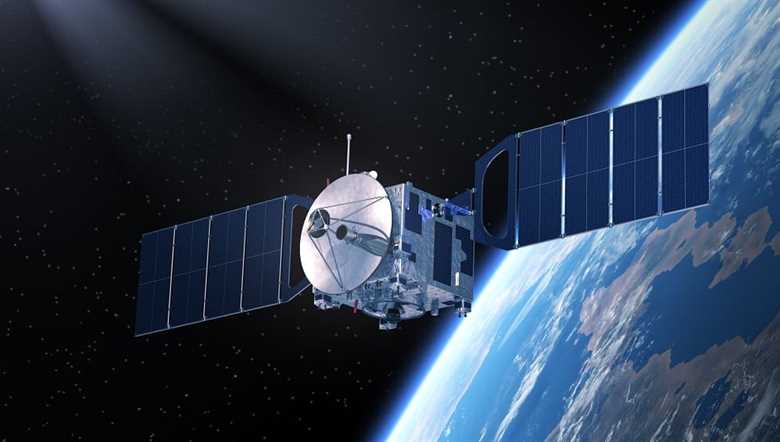
Region
North America Region
In February 2005 satellite operator PanAmSat ordered a new Fixed Satellite Service (FSS) satellite that will deliver 10kW of power for over a 15-year lifetime with Space Systems/Loral (SS/L). The satellite would be based on SS/L’s SSL-1300 high power satellite platform.
When delivered in 2007, the satellite would become PanAmSat’s newest satellite covering the contiguous United States, Alaska, Hawaii, and Puerto Rico, in addition to Canada and Mexico, and will be the fifth spacecraft built for PanAmSat by SS/L. The spacecraft is a version of SS/L’s space-proven SSL-1300 satellite platform, which has an excellent record of reliable operation.
Galaxy-18 has a designed service life of 15 years and maintains station-keeping and orbital stability by using bipropellant propulsion and momentum-bias systems. A system of high efficiency solar arrays and lightweight batteries provides uninterrupted electrical power.
The satellite’s hybrid communications payload will carry a total of 48 operating transponders, including 24 high-power Ku-band and 24 C-band transponders. The satellite was designed to operate from PanAmSat’s 123° West orbital location.
In February 2007, after the acquisition of PanAmSat, satellite operator Intelsat officially named the satellite Galaxy-18.
After various delays Galaxy-18 was successfully launched on May 21st, 2008 on a Zenit-3SL launcher operated by launch operator Sea Launch from the Odyssey launch platform.
GEO Satellite
Galaxy-18 (G-18)
succesfull
GEO Satellite
Galaxy-18 (G-18)
succesfull
